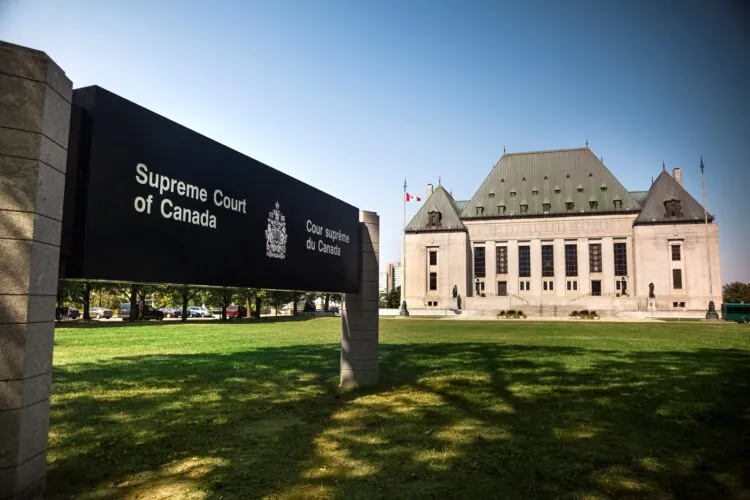Budget 2025: What it means for Canadian carbon

Canada Strong: Budget 2025 discusses the government’s Climate Competitiveness Strategy which focuses on creating conditions for investments to be made in building an affordable net-zero future for Canadian businesses. The Climate Competitiveness Strategy aims to focus on implementing industrial carbon pricing, a streamlined regulatory environment and tax incentives with the goal of accelerating investment and driving down emissions in key sectors.
Industrial carbon pricing system
Budget 2025 focuses on the development of a post-2030 carbon pricing trajectory plan, improving the application of an industrial carbon pricing benchmark and continuing the use of carbon contracts for difference. Budget 2025 signals that the government intends to continue to make its Climate Competitiveness Strategy, which includes the industrial carbon pricing system, a key focus going forward.
Carbon capture utilization and storage investment tax credit
Budget 2025 confirms the government’s intention to continue with the implementation of clean electricity investment tax credits, including extending the timeframe of the income tax credit (ITC) for Carbon Capture, Utilization, and Storage (CCUS). See this previously-published Insight for additional information about the CCUS Standard.
Timeframe
Currently, the CCUS ITC is available with full credit rates from 2022–2030, followed by lower credit rates from 2031–2040. Under Budget 2025, the full credit rates would be extended by five years to cover the period from 2022–2035, with lower rates still applying from 2036–2040.
Rates
The CCUS ITC is a refundable tax credit which provides three different full ITC rates depending on the purpose of the equipment including:
- 60% for eligible capture equipment used in a direct air capture project
- 50% for all other eligible capture equipment
- 5% for eligible transportation, storage and use of equipment
Eligible expenditures for the CCUS ITC will be subject to the following lower rates from 2036 to 2040 under Budget 2025:
- 30% for eligible capture equipment used in a direct air capture project
- 25% for all other eligible capture equipment
- 75% for eligible transportation, storage and use of equipment
Eligibility
The end use of the carbon dioxide (CO2) being captured as part of a CCUS project determines the extent to which the CCUS ITC is available. Eligible uses of CO2 include dedicated geological storage and storage in concrete. However, enhanced oil recovery (EOR) remains an ineligible use of CO2, a disappointing development as EOR is poised to remain a key component of Canda’s energy landscape. Find additional information regarding EOR and the opportunity for federal amendments in this previously-published Insight.
Overall, Budget 2025 missed an opportunity to make a big economic and environmental impact by failing to include EOR as an eligible use of CO2. By amending the CCUS ITC to include EOR, Canada could unlock greater energy productivity, strengthen energy autonomy and provide powerful incentives for traditional energy producers to embrace carbon capture technology.
For assistance with CCUS projects and solutions, including EOR projects, please reach out to the CCUS team at MLT Aikins. We have in-depth knowledge of carbon capture, utilization and storage (CCUS) technologies and projects and have advised on some of Western Canada’s major carbon capture projects. Our lawyers actively follow CCUS developments and we are involved in a broad range of work, including advising on regulatory and compliance issues.
Note: This article is of a general nature only and is not exhaustive of all possible legal rights or remedies. In addition, laws may change over time and should be interpreted only in the context of particular circumstances such that these materials are not intended to be relied upon or taken as legal advice or opinion. Readers should consult a legal professional for specific advice in any particular situation.




